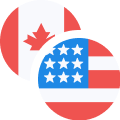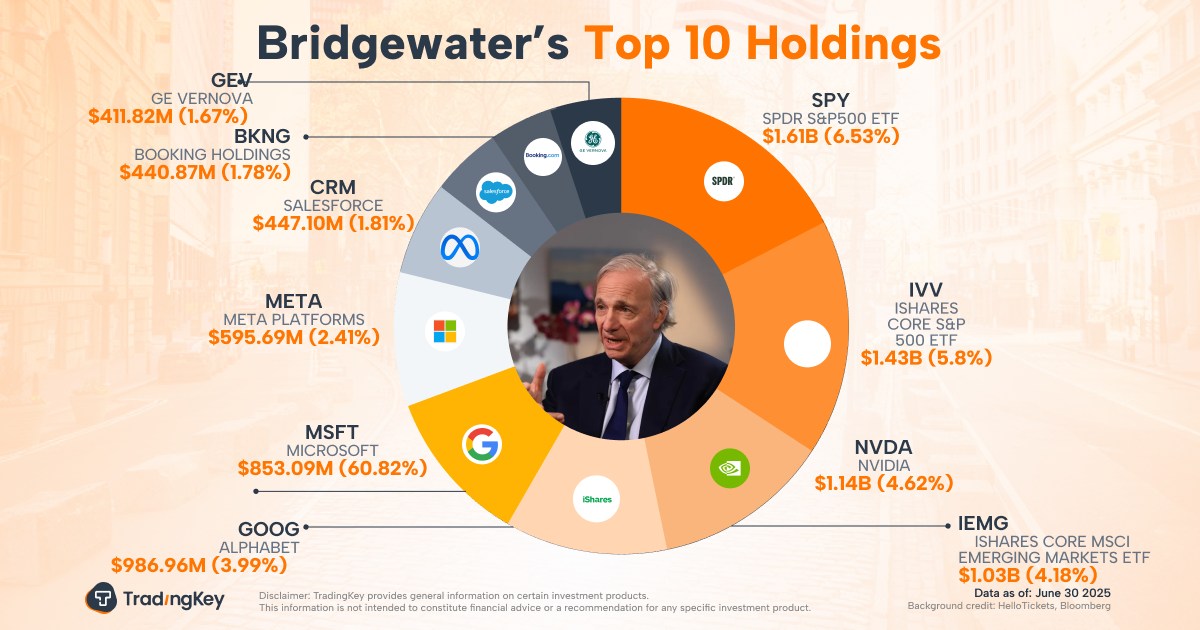USD/CAD hovers above 1.3800, higher Oil Prices support the Loonie

- The Canadian Dollar trims previous losses, supported by a mild pickup in Oil prices.
- The US Dollar remains depressed, with investors pricing an 84% chance of a Fed rate cut in September.
- In Canada, July's CPI and June's Retail Sales data will set the Loonie's near-term direction.
The Canadian Dollar is going through a mild pickup for the second consecutive day against the US Dollar, bringing the USD/CAD pair to the 1.3800 round level. A moderate recovery in Oil prices and a broadly depressed US Dollar are giving some support to the Loonie.
Crude prices, Canada’s main export, are picking up from recent lows as the market focuses on the Trump-Zelenskyy meeting due later today, with the conditions for a steady peace agreement too far apart.
Hopes of Fed cuts are weighing on the USD
Apart from that, the strong US Retail Sales data released on Friday hardly changed investors’ expectations of immediate Fed cuts. The market is still pricing an 84% chance of a 25 bps cut in September, which is keeping the US Dollar’s upside attempts limited.
Investors, however, are likely to be cautious about placing large US Dollar shorts ahead of Fed Powell’s conference at the Jackson Hole Symposium on Friday. Recent US CPI and Retail Sales Prices have triggered some concerns that the Fed Chief might hold his hawkish stance and dampen September cut hopes further.
In Canada, the focus this week will be on July’s CPI, which is likely to show that price pressure accelerated in July, while Friday’s Retail Sales report is expected to post a significant recovery. In this context, and with the impact of Canadian retaliatory tariffs on the US likely to boost price pressures further, market expectations of a hawkish BoC are likely to provide additional support to the CAD.
Central banks FAQs
Central Banks have a key mandate which is making sure that there is price stability in a country or region. Economies are constantly facing inflation or deflation when prices for certain goods and services are fluctuating. Constant rising prices for the same goods means inflation, constant lowered prices for the same goods means deflation. It is the task of the central bank to keep the demand in line by tweaking its policy rate. For the biggest central banks like the US Federal Reserve (Fed), the European Central Bank (ECB) or the Bank of England (BoE), the mandate is to keep inflation close to 2%.
A central bank has one important tool at its disposal to get inflation higher or lower, and that is by tweaking its benchmark policy rate, commonly known as interest rate. On pre-communicated moments, the central bank will issue a statement with its policy rate and provide additional reasoning on why it is either remaining or changing (cutting or hiking) it. Local banks will adjust their savings and lending rates accordingly, which in turn will make it either harder or easier for people to earn on their savings or for companies to take out loans and make investments in their businesses. When the central bank hikes interest rates substantially, this is called monetary tightening. When it is cutting its benchmark rate, it is called monetary easing.
A central bank is often politically independent. Members of the central bank policy board are passing through a series of panels and hearings before being appointed to a policy board seat. Each member in that board often has a certain conviction on how the central bank should control inflation and the subsequent monetary policy. Members that want a very loose monetary policy, with low rates and cheap lending, to boost the economy substantially while being content to see inflation slightly above 2%, are called ‘doves’. Members that rather want to see higher rates to reward savings and want to keep a lit on inflation at all time are called ‘hawks’ and will not rest until inflation is at or just below 2%.
Normally, there is a chairman or president who leads each meeting, needs to create a consensus between the hawks or doves and has his or her final say when it would come down to a vote split to avoid a 50-50 tie on whether the current policy should be adjusted. The chairman will deliver speeches which often can be followed live, where the current monetary stance and outlook is being communicated. A central bank will try to push forward its monetary policy without triggering violent swings in rates, equities, or its currency. All members of the central bank will channel their stance toward the markets in advance of a policy meeting event. A few days before a policy meeting takes place until the new policy has been communicated, members are forbidden to talk publicly. This is called the blackout period.






